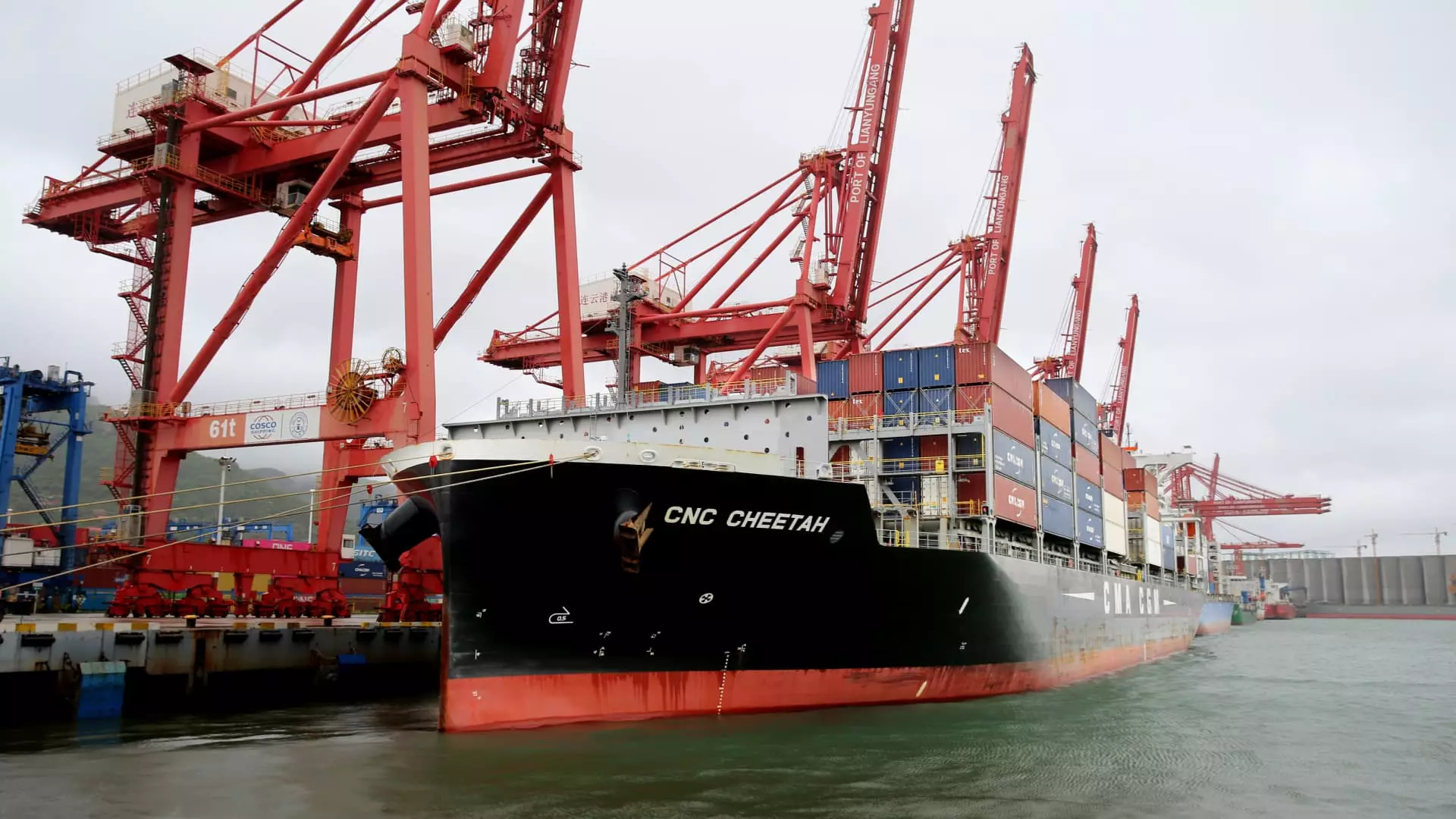In an era where globalization has linked economies more closely than ever, the United States finds itself in an astonishing position regarding its import tariffs. According to the recent Yale Budget Lab report, the average effective tariff rate now stands at 17.8%, the highest it has been since 1934. This startling statistic reveals a significant shift in trade policy, where even after recent agreements with global partners like China and the United Kingdom, the financial implications on American households are dire. The question arises: has the renaissance of protectionist measures come at the expense of ordinary citizens?
The Financial Impact on American Families
The report emphasizes that U.S. tariff policies could potentially burden the average household by an additional $2,800 in the short run. Such a considerable financial strain cannot be dismissed lightly. For many families already grappling with rising living costs, this increase in expenses is a substantial economic blow. The report’s failure to delineate a specific timeline for these costs adds to the uncertainty, creating anxiety in consumer markets.
Despite promises of beneficial trade negotiations, the practical outcomes have not mitigated these financial concerns. As tariffs on imports spike—and even with promises of lower tariffs on certain imports from China and the U.K.—the overall tariff environment remains hostile to consumer interests. When a significant portion of an average family’s budget is diverted to accommodate these policies, the long-term repercussions could alter consumption patterns nationwide.
A Shift in Trade Dynamics
Recent agreements, while portrayed as steps toward trade reform, have resulted in marginal concessions. For instance, the U.S. reduced duties on Chinese imports from a staggering 145% to a temporary 30%, a change that sounds promising yet doesn’t fundamentally address the underlying tariff complexity. Meanwhile, the U.K. trade agreement retains a 10% tariff on automobile imports rather than reducing it further, which, although a slight improvement, illustrates a reluctance to fully embrace a free trade paradigm.
The Yale Budget Lab highlighted that before these trade agreements, the effective average tariff was reported at an even more concerning 28%, the highest since before the 20th century. These factors suggest that while some relief has been enacted, the systemic issues lie deeper than simple tariff adjustments, indicating fundamental shifts in trade policy priorities that may not align with consumer welfare.
The Psychological Effects on Consumer Behavior
As tariffs increase, so too does consumer hesitance, which can alter purchasing decisions significantly. Economics suggests that as prices climb due to tariffs, many consumers may either forego purchases or shift their preferences to more affordable alternatives. Economists note that this substitution effect could bring the effective tariff rate down slightly but is far from a resolution to the existing pressures on household budgets.
Compounded with uncertainties around global trade negotiations, these factors create an unsettling financial landscape for Americans. The long-term consequences of such protectionist policies may result in more than just immediate financial burdens; they could stifle economic innovation and productivity, leading to a cycle of stagnation.
While the title of the article may inspire hopeful sentiment regarding trade negotiations, the realities on the ground reveal a far more complex and challenging economic environment. Perhaps it is time to reconsider the balance between protecting domestic industries and ensuring that American consumers can afford the very products and services that drive our economy.

